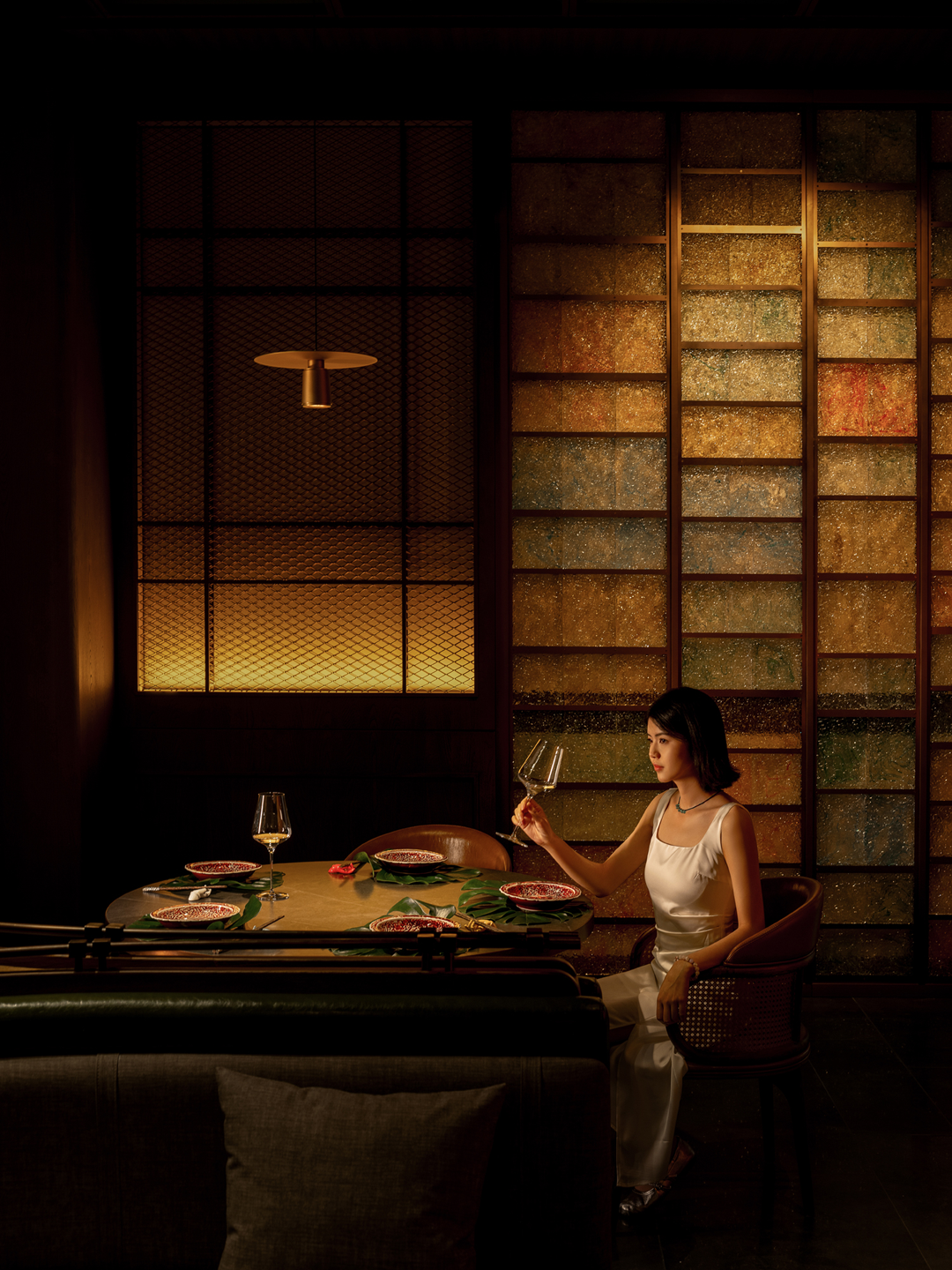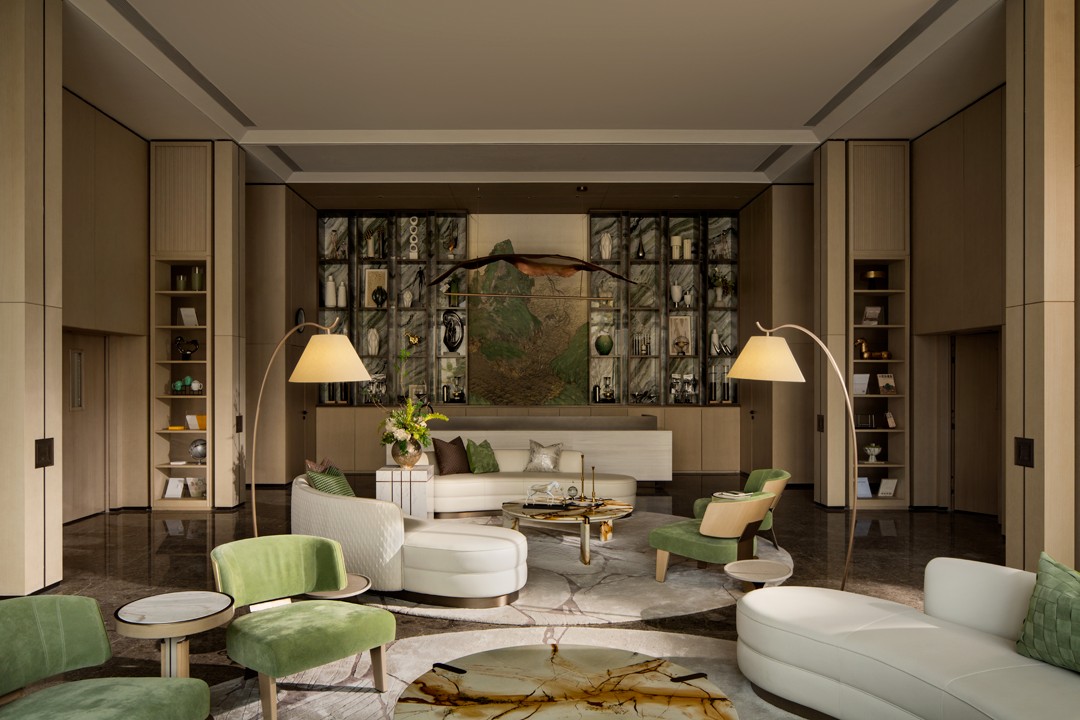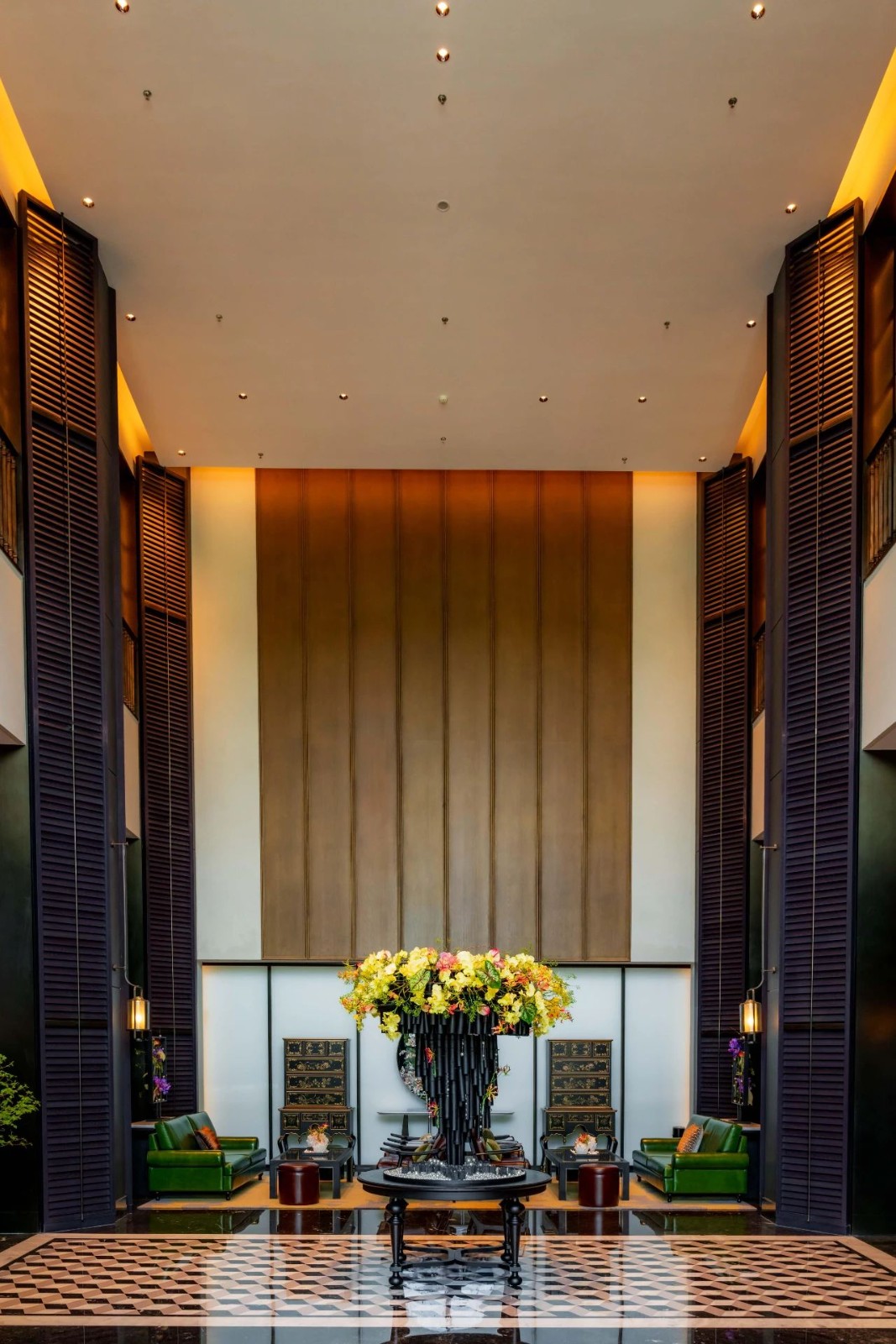Afife House / Guilherme Machado Vaz
2019-02-11 21:44
Project: Afife House Architect: Guilherme Machado Vaz Location: Viana do Castelo, Portugal Year 2018 Photography: José Campos
项目:Afife House Architect:Guilherme Machado Vaz位置:Viana do Castelo,葡萄牙2018年摄影:JoséCampos
The Afife house is built in the north of Portugal, in a rural settlement that was established at the foot of the hill and expanded towards the plain, which is used as arable land, and extends to the sea.
Afife的房子建在葡萄牙北部的一个农村定居点,它建在山脚,延伸到平原,平原被用作可耕地,延伸到大海。
The land is separated from a chapel by a walkway, and it is located at a lower level. It is long (about 60 x 18m), and there is a gentle slope. The chapel stands on a base of granite walls with its entrance facing west, and it imposes itself in that area. Its presence had an influence on the project, particularly as regards the design of the volume, its implementation in the space, and the definition of the constructive details. The Afife house sought not to disturb the harmony of this religious space. At the same time it did not want to be submissive to its presence.
这片土地由一条走道与礼拜堂隔开,位于较低的一层。它长(约60x18m),有一个缓坡。礼拜堂坐落在花岗岩墙的底座上,入口朝西,它把自己强加在这一地区。它的存在对项目产生了影响,特别是在卷的设计、空间上的实施以及建设性细节的定义方面。阿菲夫家试图不打扰这个宗教空间的和谐。同时,它也不想屈从于它的存在。
The volume was established away from the street so as to create an outside area of arrival and to keep the building in the background towards the chapel and its relation with the public thoroughfare. The width of the house (8.6m) was defined by the deviations that the width of the land determined. A square implantation was defined and repeated in the swimming pool and in the space between both. The regular volume, compact and vertical, evokes the essence of a traditional type of construction in the region of Minho.
该卷是在远离街道的地方建立的,目的是创造一个到达的外部区域,并保持建筑物的背景朝向礼拜堂及其与公共通道的关系。房子的宽度(8.6m)是由土地宽度决定的偏差来确定的。在游泳池和两者之间的空间中定义并重复正方形植入。规整的体积,紧凑和垂直,唤起了米荷地区传统建筑类型的精髓。
Another of the intentions of the project was to respect the natural topography of the land. In order to comply with it, the building was adapted to the existing elevations through half floors, which allowed a direct relationship with the exterior on the South and West side of the house. The useful space was capitalised on by the installation of the ladder in the centre so as to minimise the circulation areas, and promote the path that culminates in the roof terrace – the fifth elevation – where the discrepancy between the levels is clear through the volumetric organisation. Analysing it a posteriori, this association of spatial elements carries with it some ‘Loosian’ reminiscences.
该项目的另一个意图是尊重土地的自然地形。为了遵守这一要求,该建筑经过半层改造,以适应现有的高度,从而与房子的南侧和西侧的外部有着直接的关系。利用这一有用的空间,在中心安装梯子,以尽量减少流道面积,并促进在屋顶露台-第五高度-达到顶点的路径,在那里,水平之间的差异通过体积组织是明显的。通过后验分析,这种空间元素的关联带有一些“Loosian”的回忆。
There is a strong contrast between the exterior and the interior. The façade functions as a shell that occasionally allows, through openings, the contact between the house and the world. When the shutters are closed, the façade is its own denial, it is an anti-façade. It cancels an interior, suggesting only matter. It would become an abstract sculpture if the two copper gargoyles did not denounce a functional concern. The ornamental exaggeration of those gargoyles contrasts with the dryness of the façade. When they are opened, the portals reveal an interior with different materialities that takes its inspiration from vernacular architecture. The portals of the South elevation (facing the chapel) invoke the gilded carving, and also recall, in an abstract way, the medieval religious paintings created in triptych. The window frames are made of wood, just like the skirting of the entrance floor, and both are painted with colors used in times gone by. The skirting has a freedom that allows it to wander through the area, assuming a character which is both plastic and functional. The floors of the ground level are made of terazzo with brass joints, and the remaining levels have wood floors with open joints. The interior doors do not interrupt the plane of the wall – they choose one side, and lean back. The Afife house is old rather than modern. The swimming pool is what it is.
外部和内部之间有着强烈的对比。门面作为一个外壳,偶尔允许通过开口,房子和世界之间的联系。当百叶窗关闭时,正面是它自己的否定,它是一个反外墙。它取消了内部,暗示只有物质。如果这两个铜石榴石不谴责一个功能性的问题,它就会变成一个抽象的雕塑。这些石榴石的装饰夸张与外观干燥形成鲜明对比。当它们打开的时候,门户就会展现出一种从乡土建筑中汲取灵感的、具有不同物质性的内部。南高地的入口(面向礼拜堂)引用镀金雕刻,并以抽象的方式回忆中世纪宗教绘画创作的三联画。窗框是用木头做的,就像入口地板的边缘一样,都是用过去的颜色画出来的。围裙有一个自由,允许它在该地区徘徊,假设一个字符是塑料的和功能的。地面的地板是用黄铜接缝做的,其余的地板则是带开口的木地板。内门不会打断墙壁的平面-它们选择一侧,然后向后倾斜。阿菲夫的房子是旧的,而不是现代的。游泳池就是它的样子。
 举报
举报
别默默的看了,快登录帮我评论一下吧!:)
注册
登录
更多评论
相关文章
-

描边风设计中,最容易犯的8种问题分析
2018年走过了四分之一,LOGO设计趋势也清晰了LOGO设计
-

描边风设计中,最容易犯的8种问题分析
2018年走过了四分之一,LOGO设计趋势也清晰了LOGO设计
-

描边风设计中,最容易犯的8种问题分析
2018年走过了四分之一,LOGO设计趋势也清晰了LOGO设计
















































